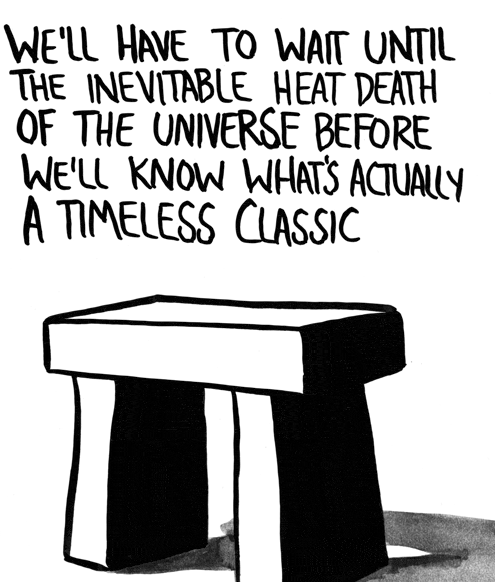
Let’s dive into the concept of the second law of thermodynamics, also known as the second law of thermodynamics. The second law cannot be proven within the realm of classical thermodynamics. Its formulations are derived from a culmination of experiments, observations, and generalizations. In this article, we will attempt to provide a brief and clear explanation of this principle.
In our previous discussion on thermodynamics, we explored systems composed of numerous particles. To depict such systems, we employ what are known as state functions.
A thermodynamic state function (or thermodynamic potential) is a function which relies on various independent parameters that define the system’s state. To illustrate this, consider the following example. The internal energy of a system is one of its state functions. It is not contingent upon the specific pathway through which the system arrived at its current state.
Entropy
Another concept you should acquaint yourself with is entropy. Entropy is crucial for comprehending the second law of thermodynamics. It is also an exquisite term that bewilders many individuals and can make you shine in social gatherings.
In the broadest sense, entropy is a measure of a system’s disorderliness.
An easy illustration: imagine you have a drawer full of socks. If all the socks in the drawer are scattered and jumbled up, the entropy of such a system is maximized. However, if the socks are paired and neatly arranged, the entropy of such a system is minimized.
Entropy is a concept in thermodynamics that quantifies the amount of irreversible energy dissipation in a thermodynamic system. In simpler terms, it represents the portion of the system’s internal energy that cannot be converted into mechanical work. For instance, when heat is converted into mechanical work, there are always losses involved, causing the heat to be transformed into other forms of energy.
In irreversible thermodynamic processes, entropy increases, whereas in reversible processes, it remains constant. The mathematical representation of entropy (S) is as follows:
Where delta Q represents the amount of heat supplied or removed from the system, T is the temperature of the system, and dS is the change in entropy.
One of the various formulations of the second law of thermodynamics states that:
The entropy of a closed system increases with any irreversible processes within that system.
To better understand the core principles, here is another straightforward definition:
No process exists where the sole outcome is the transfer of heat energy from a cold body to a hot one.
It is worth mentioning that Rudolf Clausius is credited with this formulation of the second law of thermodynamics and the introduction of the concept of entropy.

Once again, the perpetual motion machine.
Following the disappointment with the concept of a perpetual motion machine of the first type, individuals did not consider giving up. Eventually, a perpetual motion machine of the second type was devised, which operated based on heat transfer and did not violate the principle of conservation of energy. This type of engine converts all the heat it receives from its surrounding environment into usable work. For instance, a proposal was made to harness an immense amount of heat by cooling the ocean. However, fortunately, this idea was not pursued, as it contradicts the second law of thermodynamics. It is impossible for any machine to have an efficiency of one, just as it is impossible to convert heat into work completely. Therefore, no matter how much effort is exerted, it is not feasible to create a perpetual motion machine of the second type, just like a perpetual motion machine of the first type.
The End of the Universe: Heat Death or Something More?
Ever since Rudolf Clausius first introduced the groundbreaking concept of entropy back in 1865, scientists and philosophers alike have been captivated by its implications. Among the many theories and speculations that have emerged, one in particular stands out: the hypothesis known as “the heat death of the universe,” originally formulated by Clausius himself based on the second law of thermodynamics.
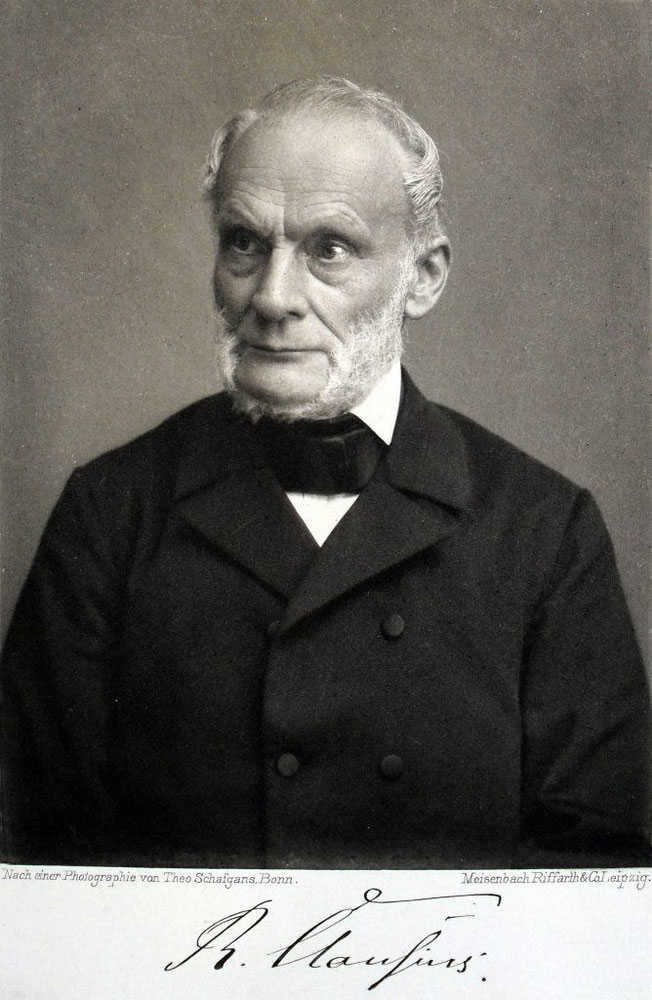
The concept proposed by Clausius suggests that the Universe, as a closed system, tends towards a state of thermodynamic equilibrium. In this state, maximum entropy is reached and there are no longer any macroscopic processes, which challenges our conventional understanding of time. According to Clausius: "The total energy of the world remains constant. The overall entropy of the world approaches a maximum.". This implies that once the Universe reaches a state of thermodynamic equilibrium, all processes will cease and the world will enter a state of "heat death". At this point, the temperature across the entire Universe will be uniform, and there will no longer be any factors capable of initiating any new processes.
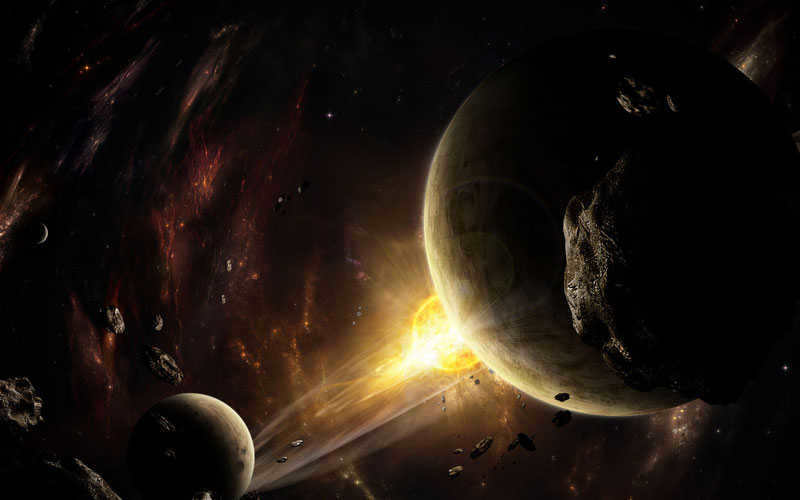
When formulating his theory, Clausius made use of the following extrapolations (approximations) in his logic:
- The closed system assumption is applied to the universe.
- The transformation of the globe can be characterized as a modification of its states.
A fascinating fact: Contemplating the concept of heat death allowed the Church to assert that, from a scientific perspective (thanks to Clausius’ theory as well), it is feasible to identify prerequisites that indicate the presence of God. Thus, during a gathering of the “papal academy of sciences” in 1952, Pope Pius the 12th proclaimed in a speech: “The law of entropy, as discovered by Rudolf Clausius, has bestowed upon us the certainty that spontaneous natural processes are invariably linked to a certain loss of free, usable energy. Consequently, in a closed material system, these processes on a macroscopic scale will eventually come to a halt at some point. This unfortunate inevitability eloquently serves as evidence for the existence of a Necessary Being.”
Disputing the heat death theory of the universe
In the previous discussion by Clausius, he made certain assumptions in formulating his theory. Presently, despite encountering some challenges, it can be confidently stated that these conclusions are unscientific. The crux of the matter lies in the existence of specific limitations to the applicability of the second law of thermodynamics: lower and upper bounds. Consequently, the second law of thermodynamics cannot be employed to accurately describe microsystems, which are on the same scale as molecules, or macrosystems that consist of an infinite number of particles, namely the Universe in its entirety.


Actually, the brilliant physicist Boltzmann was the first scientist to establish the probabilistic nature of the second law of thermodynamics and challenge the theory of heat death of the Universe with the fluctuation hypothesis. Boltzmann’s formula provides a statistical interpretation of the second law of thermodynamics.
In the formula, S represents the entropy of the system, k is the Boltzmann constant, and P is the thermodynamic probability of the state. The thermodynamic probability determines the number of microstates that correspond to a given macrostate of the system. According to Boltzmann’s formula,
That is, the thermodynamic probability of the state of an isolated system under all processes occurring in it cannot diminish. However, because for systems comprising an infinite number of particles all states will be equally likely, the aforementioned correlation is not applicable to the Universe. In such systems, there are significant variations (variations are deviations from the average value of a quantity), which deviate from the second law of thermodynamics. According to Boltzmann, the state of thermodynamic equilibrium only represents the most common and most likely state; in addition to this, any large variations can spontaneously arise in an equilibrium system. In other words, in the Universe in a state of thermodynamic equilibrium, there are constantly variations occurring, and one such variation is the region of space where we are located.
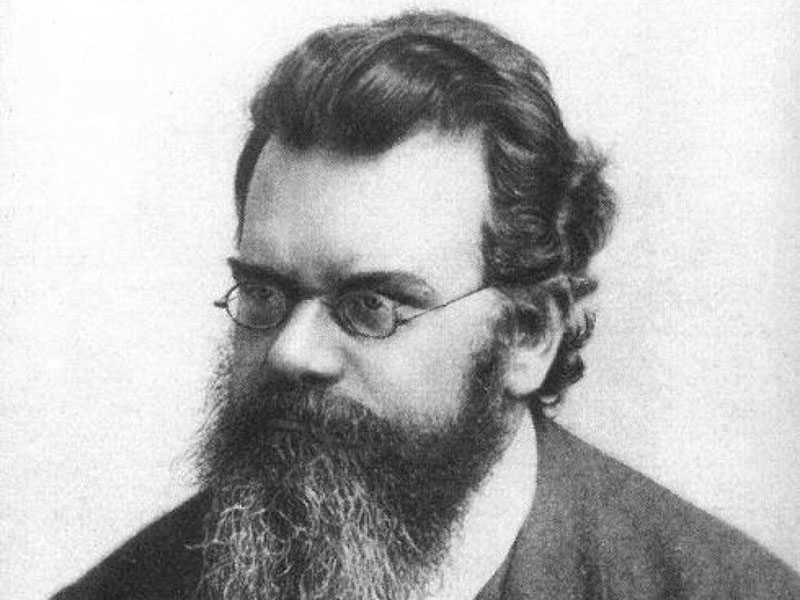
The contemporary approach firmly rejects the concept of the Universe reaching a state of heat death. Considering the immense age of the Universe and its lack of heat death, it can be inferred that there are processes in place that hinder the growth of entropy, known as negative entropy processes. However, the notion proposed by Boltzmann that the Universe is predominantly in a state of thermodynamic equilibrium is increasingly contradicted by the mounting evidence from astronomical experiments. Matter possesses an inherent ability to concentrate energy and convert one form of motion into another. For instance, the formation of stars from dispersed matter follows certain patterns and cannot be solely attributed to random fluctuations in energy distribution throughout the Universe.
Dear readers! Today we have uncovered the essence of entropy in the context of the second law of thermodynamics, discovered the impossibility of a perpetual motion machine of the second kind, and also found solace in the fact that the heat death of the Universe is not impending. As always, we hope that you have found our article on thermodynamics to be informative, comprehensible, and engaging. We wish you success in your academic pursuits and would like to remind you that our team of experts is always available to offer guidance, assistance, consultation, and share the workload. our team of experts. Learn and thrive in the pursuit of knowledge!
Ivan Kolobkov, also known as Joni. A marketer, analyst, and copywriter at Zaochnik. An aspiring young writer with a passion for physics, the extraordinary, and the literary works of Charles Bukowski.
If you were to ask someone about the future of the Earth and the solar system, they would likely be unable to provide a definitive answer. However, there is a common belief that in billions of years, the Sun will expand into a red giant and potentially consume the Earth. This notion has given rise to numerous hypotheses and various possible outcomes. Adding to the uncertainty are extraterrestrial objects that could potentially wipe out all life on Earth, as well as the potential for a collapse within our universe. Recently, “Hitek” attended the Science Bar Hopping festival and documented a presentation by astronomer and associate professor at Moscow State University, Vladimir Surdin. He discussed the future of our planet and solar system, the enigma of dark matter, and the theory of an infinite universe.
Explore “Hitech” on
We have a staggering 5 billion years left before the Sun undergoes its inevitable demise
Let’s categorize the factors that pose a threat to our planet and solar system into two distinct groups – inevitable and accidental. We have managed to gain some understanding of the inevitable factors by observing the evolution of other systems and planets over time, enabling us to make educated predictions about the future of Earth. The accidental factors, on the other hand, are far more unpredictable as they can occur at any given moment, or not at all. Nevertheless, it is essential to be prepared for these contingencies, which necessitates a comprehensive understanding of them as well.
There are a total of eight large planets within our solar system, along with numerous smaller celestial bodies. These smaller objects, known as interplanetary objects, can be quite unpredictable and encounters with them are not always pleasant. It is worth noting that the Sun is approximately 330,000 times larger than Earth, and if it were to experience a significant disturbance, our planet would be completely obliterated. Fortunately, we have only experienced a minuscule fraction of the Sun’s power thus far. However, let’s imagine a hypothetical scenario where we discovered a device capable of concentrating all of the Sun’s radiation onto Earth. The consequences would be catastrophic. Within just four minutes, the Earth’s oceans would not only boil but also evaporate into space, leaving our planet entirely devoid of water. In a mere ten and a half days, there would be no trace of the Earth remaining, except for a cloud of plasma, which illustrates the immense power of the Sun. While the Sun has remained relatively stable over the past billion years, there is no guarantee that it will continue to do so indefinitely.

In approximately 5 billion years, the Sun will transition into the final stage of its life cycle known as the red giant phase, during which it will undergo expansion and its surface temperature will decrease. As a result, the Sun will grow significantly in size and not only evaporate the Earth, but also scorch it. The planet itself will remain in its orbit, but the conditions necessary for sustaining life will cease to exist. Admittedly, it may seem premature to contemplate such a distant future, but upon closer examination, the prospects aren’t entirely bleak. While Earth will experience extreme heat, other planets further out in the solar system, such as Pluto, will enjoy more bearable temperatures. When the Sun transforms into a red giant, Pluto will experience a warming effect, rendering it potentially hospitable.
Chance of collision and initial alert from a distance
Large meteorite impacts and comet nuclei are unpredictable phenomena that occur at uncertain times. Anything smaller than 50 meters is generally not a threat to us, but anything larger has the potential to penetrate the Earth’s atmosphere. Meteorites can either remain intact as they pass through the atmosphere or, if they do break apart, still cause significant damage. In a rare event in 2013, a 20-meter diameter meteorite passed over the city of Chelyabinsk, which is home to one million people. It traveled almost parallel to the Earth’s surface, providing an awe-inspiring sight for those who witnessed it from their windows. However, shortly after the meteorite passed, a shock wave hit the city, shattering windows and sending about 1,500 people to the hospital. Thankfully, no one was seriously injured. The largest fragment of the meteorite weighed half a ton and made a hole in the frozen Lake Chebarkul before being recovered. Unfortunately, not all meteorite events end so well. For instance, the largest and most famous crater in Arizona was created by a relatively small meteorite measuring only 50-60 meters in diameter. However, this meteorite entered the atmosphere vertically and was made of iron. Iron meteorites are particularly dangerous because they tend to remain intact as they pass through the atmosphere and can cause significant damage upon impact. In 1947, Russia experienced a meteor shower consisting of these iron meteorites, and in 1908, the Tunguska disaster occurred when a body approximately 95-100 meters in size exploded in the atmosphere. The explosion destroyed a large area of taiga and caused a fire that engulfed 2,000 square kilometers of forest, equivalent to the size of modern-day Moscow. If the explosion had occurred in a city, the damage would have been much greater. However, at the time, there were few cities in the area, and the majority of the region was covered in taiga.
We have solid evidence that 65 million years ago, a massive meteorite measuring 10 kilometers in diameter crashed in the vicinity of Mexico, resulting in significant consequences for our biosphere. Approximately 70% of species, including dinosaurs, became extinct. The biosphere of our planet managed to withstand this catastrophic event, although it underwent profound changes. Some argue that this event was advantageous for humanity, as it led to the extinction of reptiles while allowing shrews to survive. Otherwise, we would have been dominated by dinosaurs, whereas now, we dominate the natural world. This narrative, however, would be unfavorable for our technosphere. The occurrence of such events is estimated to happen once every 50-70 million years, although there is no specific periodicity. Large asteroids measuring 100 meters in diameter fall approximately once every five years, with the Tunguska meteorite being one of them. However, I believe this estimate is somewhat exaggerated, and such events occur once every thousand years. Meteorites measuring one kilometer in diameter fall around once every half a million years, while ten-kilometer meteorites fall approximately every 80-100 million years. If such an event were to occur, it would likely result in the collapse of civilization as we know it, but the biosphere would endure once again. New species, possibly evolved from shrews, would rapidly adapt and conquer the planet, while we would cease to exist due to our dependence on technological crutches such as electricity and electronics, which are particularly vulnerable during such cataclysms.
Interestingly, it appears that not only objects within our own solar system pose a threat to Earth. In the autumn of 2017, an extraordinary event took place that surpassed all expectations. Having been an astronomer for half a century, I never imagined witnessing such an occurrence in my lifetime. This extraordinary phenomenon originated from another planetary system, emerging from the depths of the galaxy. It was something completely unprecedented and thus entirely unexpected. This celestial object swiftly traversed past various planets including Earth, Venus, and Mercury. It even orbited the Sun, coming remarkably close to it, before we detected its presence as it departed. It was given the name Oumuamua, which means “first messenger from afar” in Hawaiian. Oumuamua possessed a highly peculiar shape, deviating from the typical spherical form of most asteroids. It was a rock of such unique characteristics that one would be hard-pressed to find a similar specimen on any regular street. Among the millions of asteroids that have been discovered, this was the first of its kind – a “pencil” shape. Although we were unable to discern any specific details, this elongated object was ten times longer than its width. One of the prevailing theories suggested that it could be an extraterrestrial spacecraft, and it should not be ridiculed as this hypothesis has not been disproven. Oumuamua traveled at a staggering speed of 80 km/s, passing by in a flash, and can now only be observed through the largest telescopes in its fading afterglow. There was a desire to dispatch a spacecraft to intercept it, but unfortunately, we lack the necessary technology to achieve such an incredibly high velocity and catch up with it. Consequently, it continued on its trajectory, leaving us uncertain as to whether it was an artificial vessel or a natural object, albeit an exceptionally unusual one. It measured approximately 300 meters in size, and at a velocity of 80 meters per second, it would have posed a severe impact if it had collided with Earth. Its flight path has been reconstructed post-departure. Let us hope that an asteroid impact on Earth will not occur in the near future. We are actively working towards this goal and, although we are not yet capable of destroying such threats, we can provide advanced warning. Currently, specialized robotic telescopes have been deployed at Moscow State University, spanning the entirety of Russia from Vladivostok to Kaliningrad. They are also situated in the Canary Islands and Mexico, enabling us to acquire information about any passing celestial objects from all corners of the globe. Regrettably, we are still unable to survey the entire sky, but it is my hope that in the near future we will have complete control and be able to issue early warnings. With sufficient notice, individuals will have the opportunity to evacuate and seek safety.
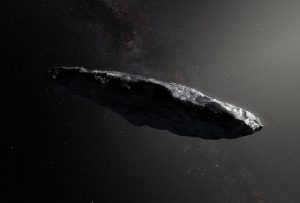

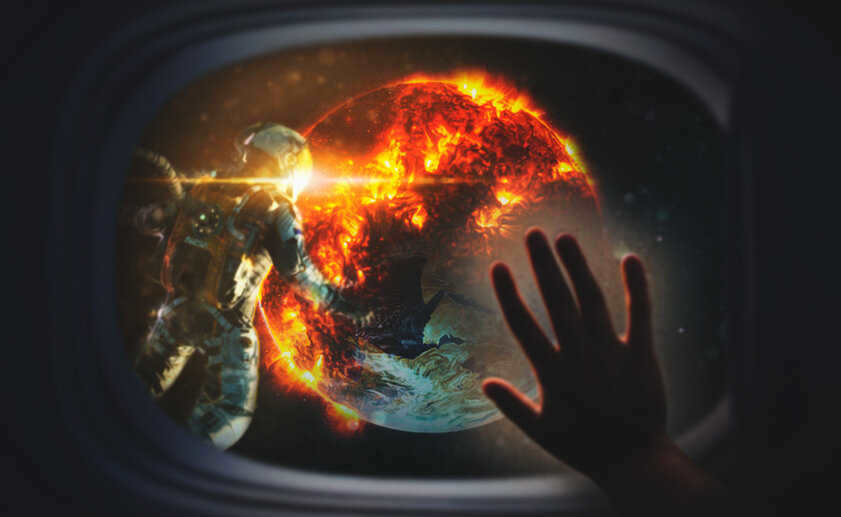
What is our understanding of the past? A significant amount of information has been gathered by scientists about the events that occurred in the Universe following the Big Bang, down to the scale of milliseconds. This knowledge encompasses the formation of galaxies, stars, planets, and even ourselves. However, every story has a conclusion, doesn’t it? Eventually, humanity will no longer exist; maybe we will bring about our own demise, or perhaps we will be wiped out by unstoppable superbugs…Unless, of course, we meet our ultimate fate at the hands of our creator: the Sun, a minuscule yet benevolent star. This cataclysmic event is projected to occur approximately 4.5 billion years from now, when the Sun transforms into a red giant and engulfs the nearby planets with solid surfaces – Mercury, Venus, Earth, and Mars.
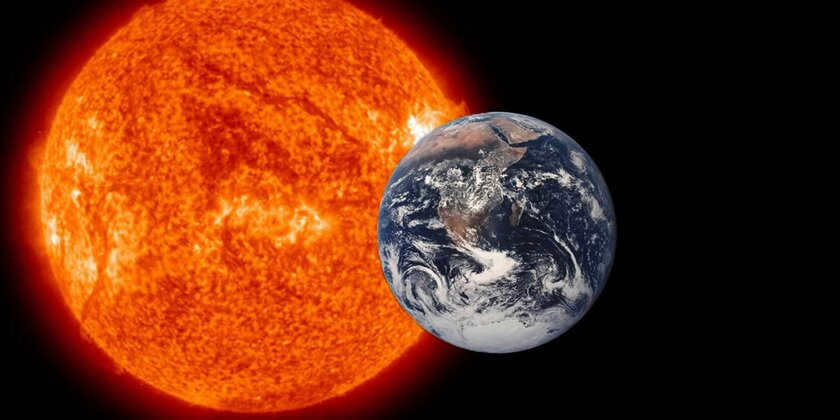

Nevertheless, all living creatures will perish much earlier – in approximately one billion years. Researchers who have been examining the luminosity and thermal radiation levels of the Sun have observed a constant increase in its temperature. Every one billion years, this value rises by 10%. Such a deviation from the current norm would be sufficient to evaporate all the rivers, seas, and oceans on Earth, transforming it into a scorching, lifeless, and vast desert planet. This is essentially the state in which Mars currently finds itself. Speaking of Mars.
Countless organisms and animals will be compelled to migrate towards the poles, where temperatures will be lower. However, even this will not offer salvation. Only a handful of bacteria and subterranean lifeforms will manage to survive.

Even if we manage to discover a suitable replacement for our planet Earth, where we can establish permanent residence, the familiar organization of the Universe will eventually cease to exist. However, how can we ascertain this? How can we predict the events that will unfold billions or trillions of years from now? In many ways, our understanding of the future is similar to our understanding of the weather. Just as meteorologists utilize probes to collect data on temperature, wind direction, humidity, and pressure, in order to forecast the conditions outside, scientists rely on various methods to make predictions about the future of the Universe. Satellites play a crucial role in mapping the clouds and gathering valuable information.
Once the data has been gathered, it undergoes analysis. When dealing with a vast amount of data, such as weather information in St. Petersburg, it is possible to correlate this data with wind patterns in order to predict the arrival of inclement weather in Moscow. The same principle applies to the study of the Universe, albeit on a much larger scale. By utilizing radio telescopes, scientists are able to observe celestial bodies ranging from stars and galaxies to even black holes. A recent breakthrough in this field was the Event Horizon Telescope project, which successfully captured the image of a black hole’s shadow in the radio frequency range. These advancements in observation technology have allowed us to obtain incredible amounts of data. Armed with a deep understanding of stellar life cycles, gravitational forces, and black holes, scientists can make predictions about the future of our Universe billions of years from now, albeit with some degree of uncertainty. In total, four main theories have been proposed, and today we will discuss all of them with you.
The ultimate fate of the Universe: the heat death
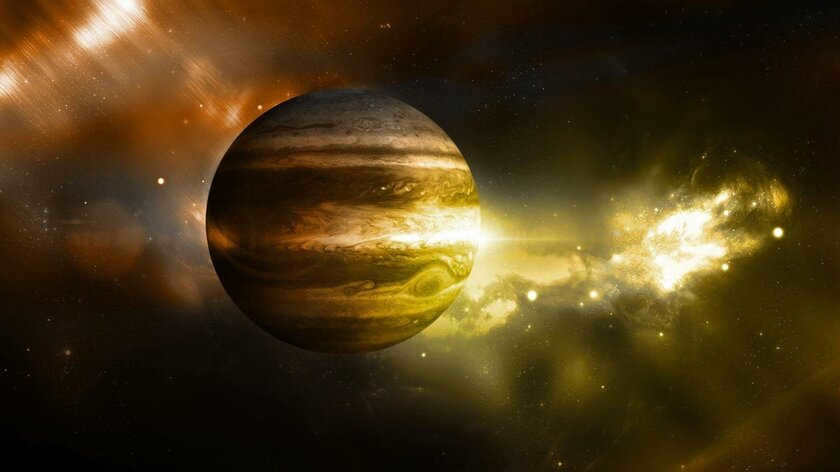
Dark energy, known as the mysterious force that causes the expansion of space, remains a puzzle for scientists. This hypothetical form of energy seems to possess an anti-gravitational property, but its true nature eludes our understanding. Unlocking the secrets of dark energy would not only provide insights into the future and the mechanics of space, but also shed light on the enigma of the expanding universe.
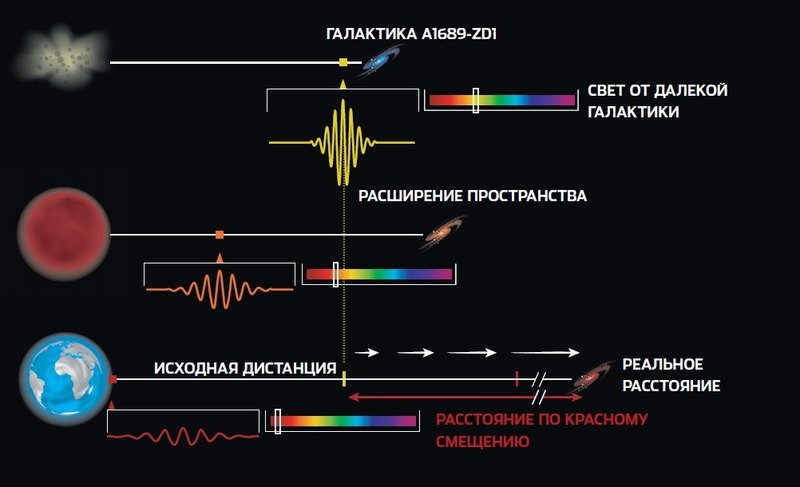
Assuming the hypothesis is accurate and empirical evidence is reliable, the Universe is projected to undergo exponential expansion, constantly accelerating in velocity. Consequently, the ambient temperature of the cosmos will decrease, while stars will steadily deplete their energy reserves, gradually transforming into red giants. As time elapses over billions of years, all celestial bodies will exhaust their luminosity. Ultimately, the universe will consist of white dwarfs, neutron stars, and black holes. After the course of 150 billion years, the rate of expansion will propel galaxies away from one another to such an extent that they will become imperceptible. Consequently, the enigmatic secrets of the cosmos will remain exceedingly well concealed.
If there is still intelligent life at that time, and they possess advanced scientific knowledge, it is probable that they will hold the belief that their galaxy is the sole entity in the vast expanse of the universe. Any form of communication, exploration, or even hypothetical travel to other galaxies will likely be deemed permanently unattainable. Over the course of a trillion years, new stars will cease to be born, gradually diminishing in brightness until they resemble faint white dots and disappear from the night sky, one by one. In this far future, our Sun, along with billions of other stars, will have transformed into a white dwarf, a remnant of its former self. After another trillion years, these stars will be slowly ejected from their galactic systems, drifting aimlessly into the empty, frigid, and enigmatic depths of space. Some of them may meet their demise by falling into a supermassive black hole. The last remaining white dwarfs will exhaust their dwindling fuel reserves, ultimately transforming into black dwarfs – lifeless, completely dark, and extraordinarily dense celestial bodies. A hundred trillion years later, the universe will occasionally be illuminated by the fading glimmers of white dwarfs and neutron stars, engaged in their final, dying performance. By this time, the expansion of the Universe will have wiped away all traces of the Big Bang, rendering the field of cosmology obsolete. It will be impossible to uncover knowledge about our past, and the relic radiation that I detailed in “How Everything Came to Be” will no longer exist.
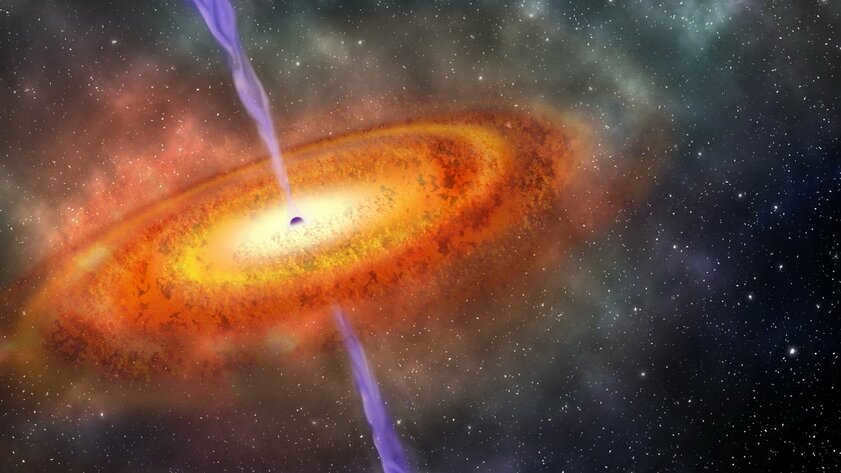
The age of black holes
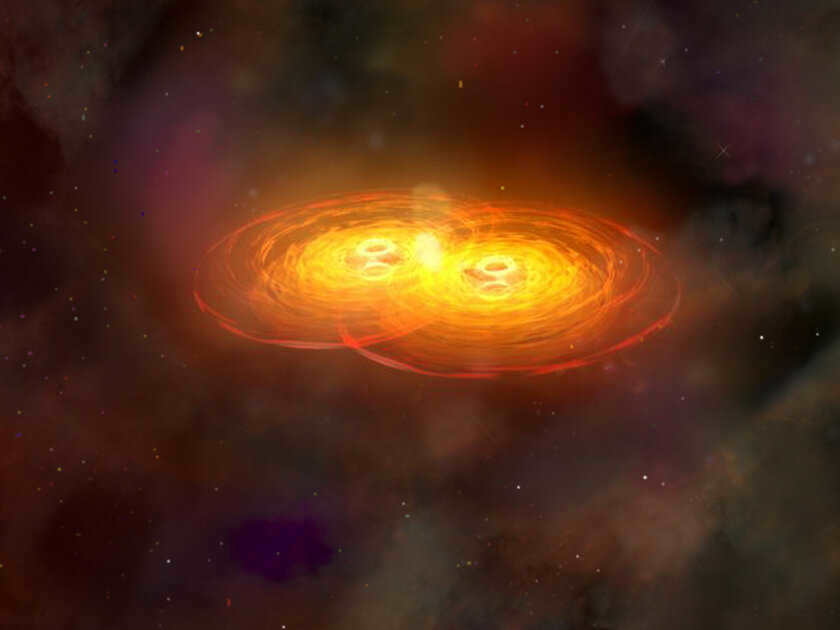
Once they vanish, the commencement of the “Epoch of Everlasting Obscurity” will ensue. There will be an absence of any further occurrences within the Cosmos. The concept of time, as we currently comprehend it, will cease to hold any meaning. Assuming that dark energy exists and remains unaltered in its attributes, the expanse of space will perpetually expand, resulting in the absence of stars, planets, black holes, and even the most rudimentary subatomic particles. Eventually, the temperature will approach absolute zero. The sole form of energy in the cosmos will be dark energy, a force that eludes our current understanding.
The Grand Canyon
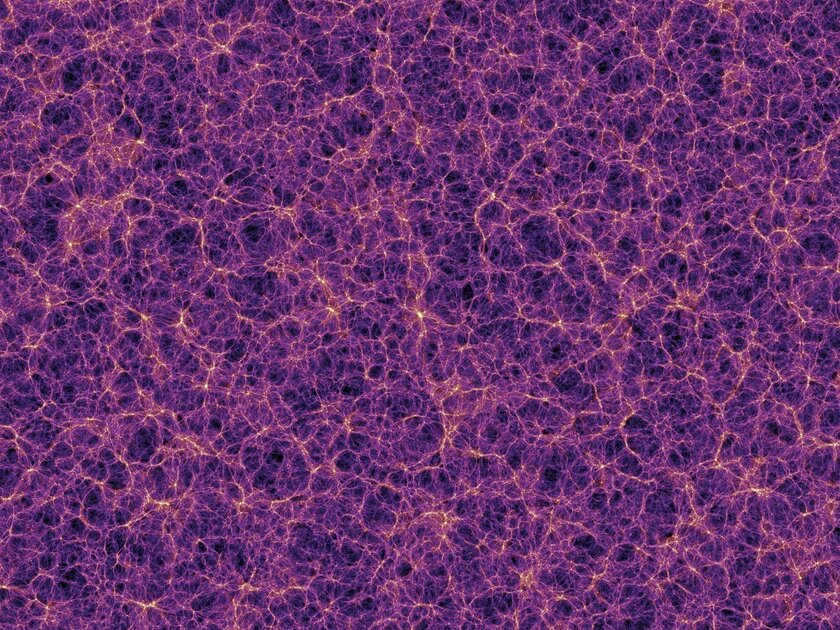
However, there are two additional possibilities for the future of our universe. If dark energy exists and remains constant in density, our universe will face the destiny of forever expanding into an empty, cold, dark, and lifeless void. On the other hand, if there is an increase in dark energy and its strength grows, a phenomenon known as the “Big Bang” will occur. According to this theory, the accelerated expansion will cause the complete destruction of all matter in space, including stars, planets, living organisms, atoms, and subatomic particles. This cataclysmic event is estimated to happen in approximately 20 billion years. Prior to the complete eradication of all matter, the structure of galaxies will be disrupted 60 million years earlier, leading to the fragmentation of planets. Ultimately, the disintegration of atoms and subatomic particles will mark the final outcome of this process.
The Great Compression
The phenomenon known as “The Great Compression” refers to a period in American history, specifically from the late 1930s to the late 1940s, when income inequality in the country decreased significantly. This period was characterized by a narrowing of the income gap between the rich and the poor, as well as a decrease in the concentration of wealth among the top earners. The Great Compression was largely attributed to a combination of factors, including the implementation of progressive taxation policies, the rise of labor unions, and the economic impact of World War II. These factors contributed to a more equitable distribution of income and a shift towards a more middle-class society.

The future of the universe could be vastly different from what we know now. Scientists predict that as time goes on, dark energy will weaken, causing the rate of space expansion to gradually decrease. This means that gravity will no longer be able to hold galaxies together as tightly as before. The vast network of trillions of stars and quintillions of planets will slowly shrink. Eventually, stars will collapse into black holes, which will devour all the matter around them. Eventually, these black holes will merge into one ultramassive black hole. This hypothetical black hole will gradually consume our entire universe. This fascinating concept is known as “The Great Compression”.
Summary
There are numerous hypotheses regarding the future of our Universe, with some scientists suggesting that in a mere 5 billion years, time will cease to exist. If humans are still alive at that point, they will not perceive any change. There will be no dramatic time dilation akin to what is portrayed in the movie “The Matrix”. The actual event cannot be predicted or observed directly. If it does occur, scientists assure us that it will happen abruptly. Our civilization must only decipher our past and future. We are completely unaware of the former. We are like observers in Schrodinger’s groundbreaking experiment. Although these events are unfathomable to us – not just an immense quadrillion years, but even a million years is incredibly difficult to comprehend – they appear to be an eternity. However, the quest for answers to these inquiries compels us to progress, to advance in science and technology, to gain a deeper understanding of the Universe as a phenomenon, and to appreciate the value of life. After all, the life bestowed upon us by nature is a minuscule moment between the fiery birth of the Universe and its frigid demise.
Thank you so much for giving us your valuable time and attention!
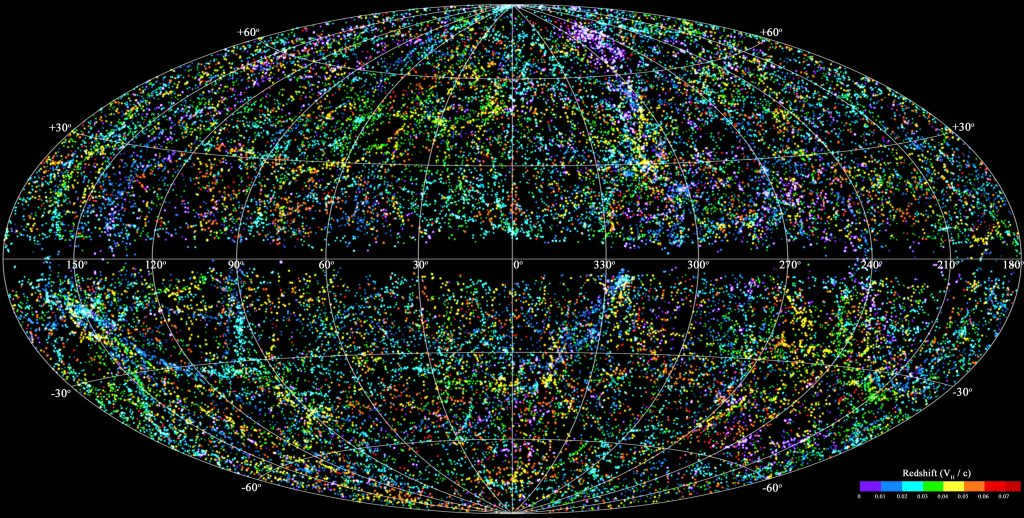
The initial principle of thermodynamics, known as the second law, states that heat energy cannot unilaterally transfer from a cooler object to a hotter object.
Due to the Second Law of Thermodynamics, any physical system that does not exchange energy with other systems tends to reach a state of equilibrium known as the most probable state, which is characterized by the highest level of entropy. Entropy is a measure of the disorder and thermal state of a physical system. The concept of this law was initially introduced by Sadi Carnot in 1824. As a result, in 1852, William Kelvin proposed the theory of the future “heat death of the Earth,” predicting the eventual cooling and lifelessness of our planet. This hypothesis was later expanded to encompass the entire Universe by Rudolf Clausius in 1865.
In 1872, Ludwig Boltzmann, an Austrian physicist, made an attempt to quantify entropy using the formula S = k * ln W, where S represents entropy, k is the Boltzmann constant, and W denotes the number of microstates that can realize a macrostate. A microstate refers to the state of an individual component within the system, while a macrostate represents the overall state of the system.

Currently, the estimated entropy of the observable portion of our Universe is approximately 1088 or 10 octovigintillion. This estimate is roughly equivalent to the total number of photons in our Universe, which is about a billion times greater than the number of baryons (ordinary elementary particles composed of several quarks – protons, neutrons, etc.) in the Universe.
The hypothesis of a future “heat death of the Universe” was reinforced by the discovery of the expansion of the Universe in the 20th century. Observations of the farthest reaches of the observable Universe have revealed that our Universe, spanning several hundred megaparsecs, exhibits a chaotic cellular structure, with super clusters of galaxies interspersed with vast voids.
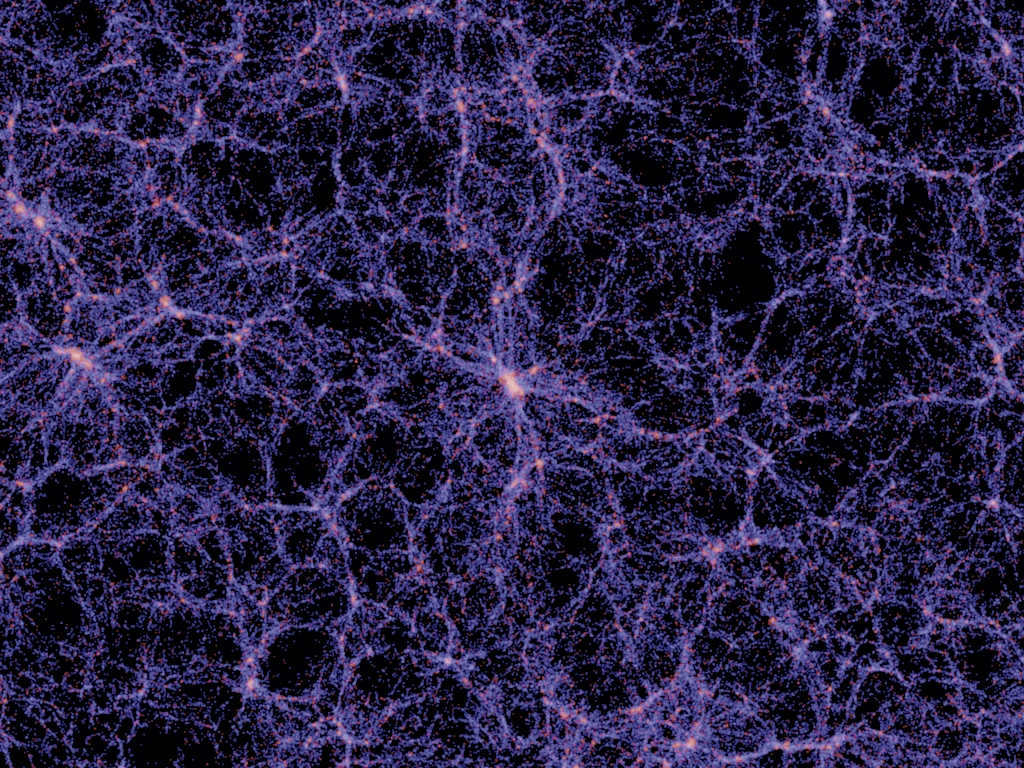
The structure of the Universe on a large scale
Further support for the validity of the hypothesis came from the discovery of ancient radiation – thermal radiation from the Universe that emerged during the recombination process, when protons and electrons combined to form atoms, which occurred approximately 379,000 years later. Recombination takes place at temperatures of 3,000 Kelvin, while the current temperature of ancient radiation, determined by its peak, is only 2.7 Kelvin. The examination of ancient radiation has revealed its isotropic nature (uniformity) in any direction in the sky, with a 99.999% level of consistency.
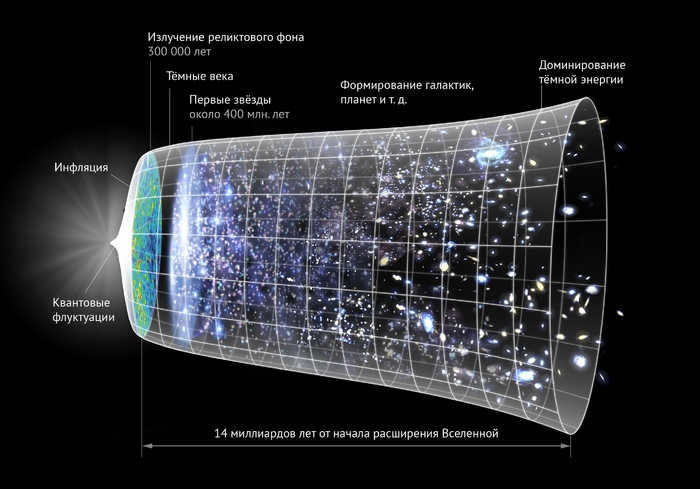
A visual representation of the Universe.
By making astronomical observations, we are able to create a diagram known as the Madau-diagram, which illustrates the relationship between the rate of star formation and the age of the Universe.
An analysis of quasar statistics, specifically the nuclei of active galaxies, provides us with an independent estimation of the rate of star formation. The 2DF survey, which took place from 1997 to 2002 using the Australian AAT telescope, examined approximately 10 thousand quasars across an area of 1.5 thousand square degrees in the galactic pole regions.
Further evidence supporting the validity of the future “heat death of the Universe” theory has been provided through investigations into nuclear physics. These studies have revealed that as the number of nucleons (protons and neutrons) in the nucleus of most chemical elements increases, their binding energy also increases.
As a result of this relationship, it has been observed that thermonuclear fusion reactions involving lighter chemical elements, such as hydrogen and helium, release significantly more energy within the interior of stars compared to reactions involving heavier chemical elements. Additionally, theoretical research conducted in the late 20th century has suggested that black holes are not eternal entities, but rather gradually evaporate due to the influence of “Hawking radiation” – a hypothetical form of radiation primarily composed of photons.
Counterarguments to the theory of the universe’s “heat death”
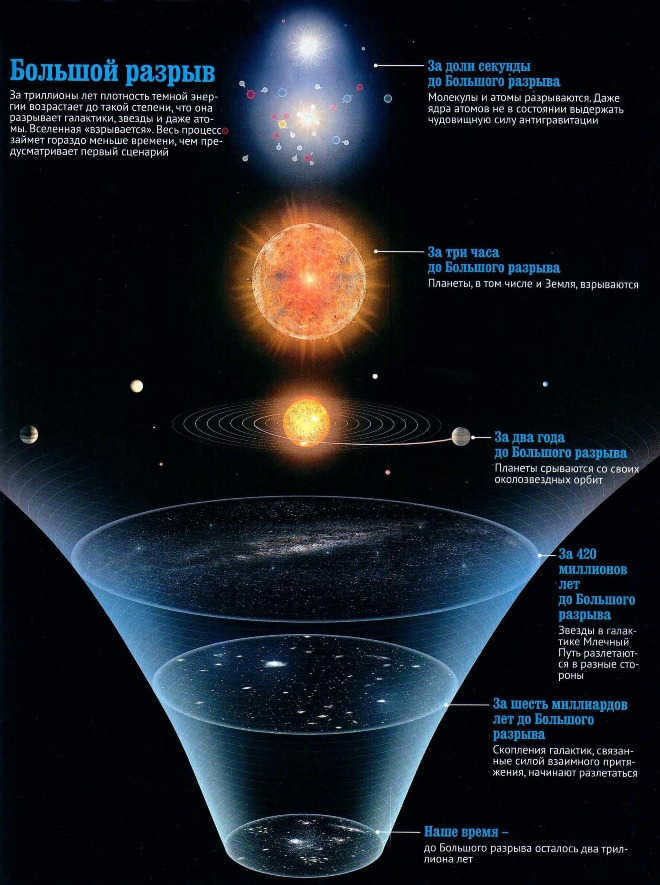
Representation of the concept of the origin of the Universe
There are concerns regarding the validity of the hypothesis regarding the inevitable “heat death of the Universe” in the future that can be categorized into several aspects (refer to the depiction of the concept of the origin of the Universe).
There exists uncertainty in predicting forthcoming alterations in the size of our Universe. Both the concept of the Grand Universe Explosion (expansion of the Universe at an accelerated rate towards infinity) and the theory of the Grand Universe Contraction (the Universe will commence contracting in the future) are proposed. The ambiguity between these alternatives is influenced by recent discoveries involving enigmatic dark matter and energy.
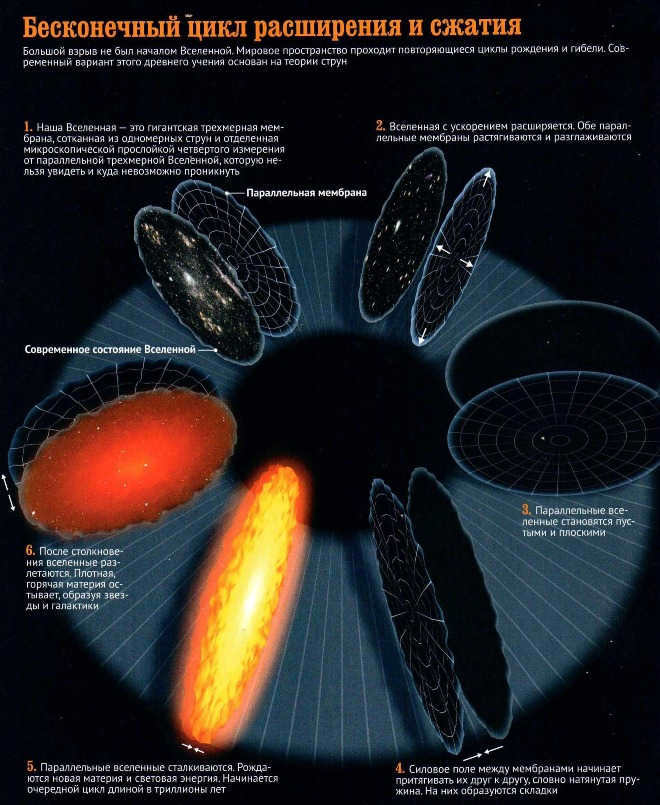
An illustration depicting the concept of an endless cycle of compression and expansion of the Universe
There is uncertainty surrounding the exact number of universes in existence and the potential for communication between them. On one hand, the photometric paradox (also known as the Schezo-Olbers paradox) of the dark sky suggests that our Universe has finite size and age, and is not connected to other Universes.
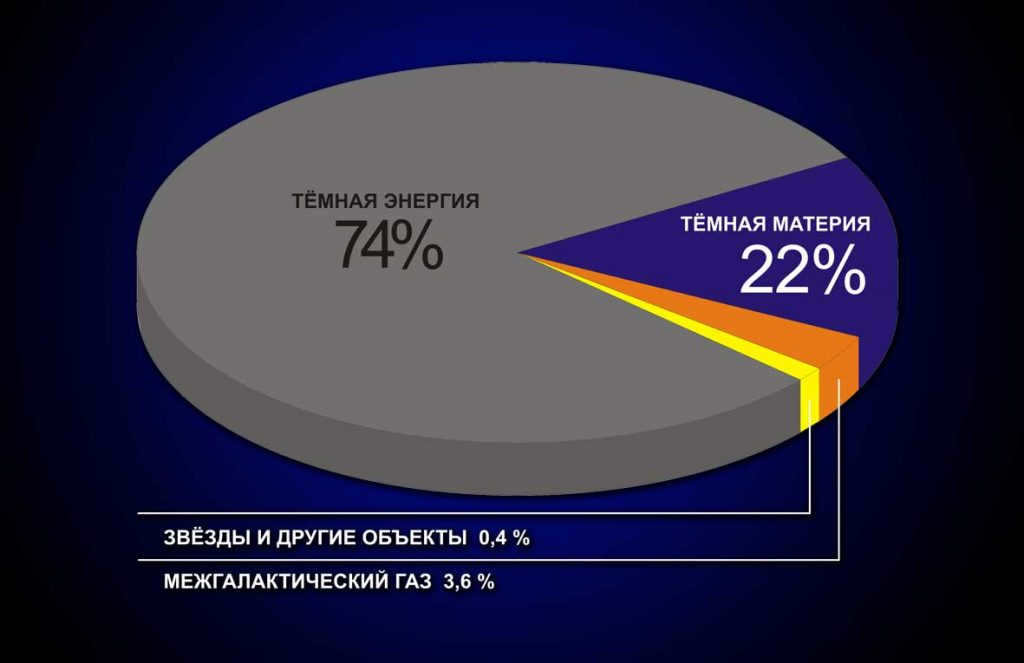
The current understanding of the impact of dark matter and energy on the development of the Universe is limited.
However, according to the principle of mediocrity (Copernican principle), our Universe is not unique and there are likely countless other Universes with different physical constants. Additionally, modern physics allows for the existence of space-time tunnels (wormholes) connecting different Universes.
When ordinary matter cools down and transitions into a solid state, its entropy decreases instead of increasing.
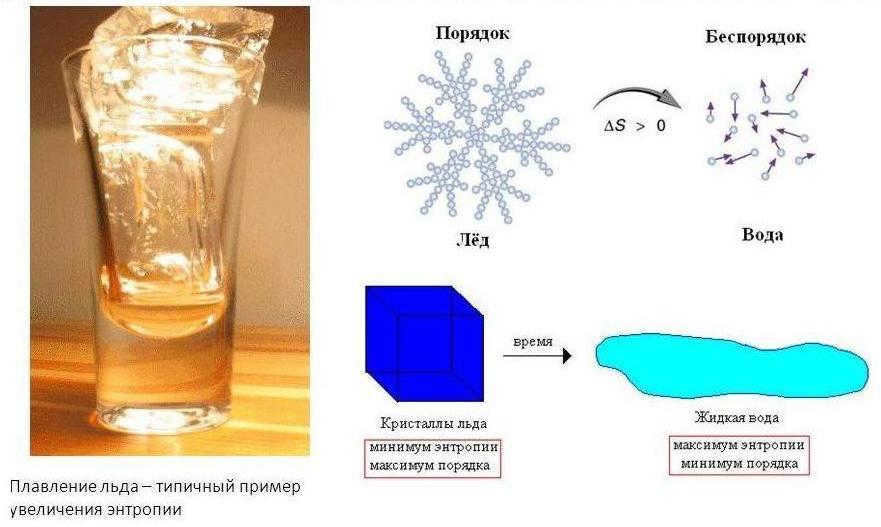
The main ideas behind the theory of the “heat death” of the universe revolve around the potential decay of protons and the presence of “Hawking radiation”. However, these theoretical concepts have yet to be confirmed through experimental evidence.
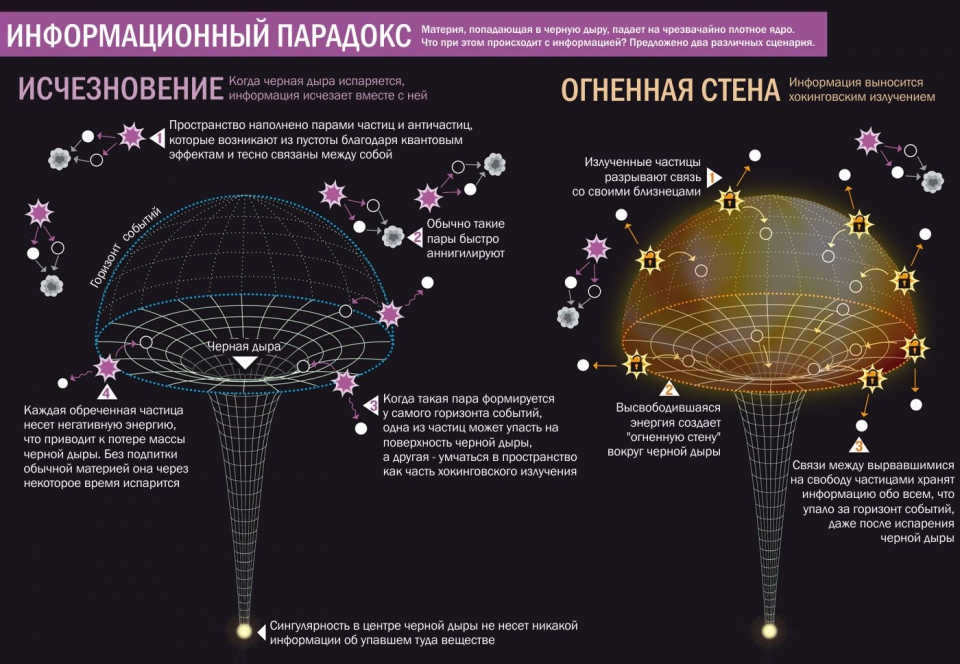
There is a significant level of uncertainty surrounding the impact of life and consciousness on the dynamics of the Universe’s entropy. However, when it comes to the influence of non-intelligent life forms on entropy, there is little doubt that life actually reduces it. One piece of evidence for this is the fact that living organisms are inherently more complex than any inorganic chemical substances. The presence of the biosphere on our planet has resulted in a much more diverse surface compared to the “lifeless” surfaces of celestial bodies like the Moon, Mars, or Venus. Additionally, even the simplest forms of life have been observed actively enriching Earth’s atmosphere with oxygen (biogenic oxygen) and generating abundant mineral deposits (biogenesis).

Here is a visual representation of the surfaces of Venus, Earth, Moon, Mars, and Titan, arranged from left to right. This comparison allows us to see the differences in the geological features and compositions of these celestial bodies.
At the same time, the issue of whether intelligent life (e.g., humans) increases or decreases the entropy of the Universe remains unresolved. On one hand, the human brain is the most intricate form known among living organisms, and scientific and technological advancements have enabled humans to achieve unparalleled levels of cognition and creation, including the production of chemical elements and elementary particles that are not naturally observed. The modern human civilization has the capability to avert major natural catastrophes (such as forest fires, floods, widespread epidemics, etc.) and is on the verge of being able to prevent global-scale disasters (such as the impact of small asteroids and comets).
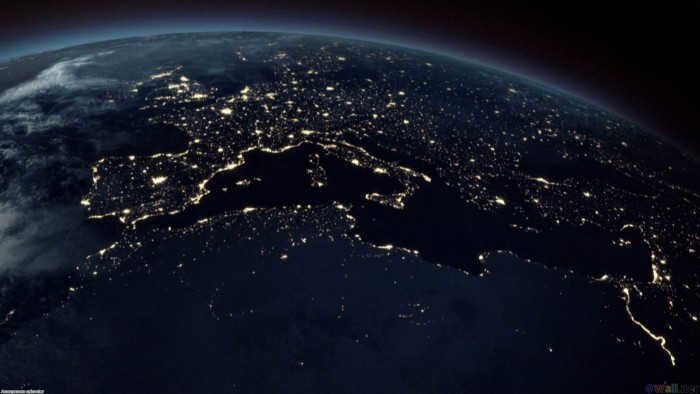

This is a night picture of the surface of our planet taken from outer space

The concept of the Universe’s “heat death” in modern physics
Currently, physicists envision the future evolution of the Universe, assuming its continued expansion at its current rate, as follows:
- 1-100 trillion (10^12) years – the cessation of star formation processes in the Universe and the eventual extinction of even the latest red dwarfs. After this point, only stellar remnants will remain: black holes, neutron stars, and white dwarfs.
- 1 quadrillion (10^15) years – gravitational perturbations from close flybys of other stars will cause all planets to leave their orbits around stars.
- 10-100 quintillion (10^18) years – constant gravitational perturbations among planets, brown dwarfs, and stellar remnants will lead to their departure from their respective galaxies.
- After approximately 100 quintillion (10^18) years, the Earth may fall into the Sun due to the radiation of gravitational waves, assuming it survives the red giant phase and remains in its orbit.
- It would take around 2 anvigintillion (10^66) years for a black hole with the mass of the Sun to completely evaporate.
- For a black hole with a mass of 10 trillion solar masses, it would take approximately 17 septdecillion (10^105) years for complete evaporation. This marks the end of the black hole era.
The future of the universe can be divided into two possibilities based on the stability of the proton:
- A) If the proton is an unstable elementary particle,
- A1) According to experiments conducted by nuclear physicists on Earth, the shortest possible half-life of a proton is 10 decillion (1033) years;
- A2) The shortest possible decay time for all protons in the Universe is 2 undecillion (1036) years;
- A3) The longest possible half-life for proton decay is 100 dodecillion (1039) years, which is based on the hypothesis that the Big Bang is explained by inflationary cosmological theories and that proton decay is caused by the same process responsible for the predominance of baryons over antibaryons in the early Universe;
- A4) The maximum possible time for the decay of all baryons in the Universe is 30 tridecillion (1041) years. After this time, the era of black holes will begin, as they will be the only remaining celestial objects in the Universe;
- A5) The approximate duration for the complete evaporation of even the largest black holes is 17 septdecillion (10105) years. This signifies the end of the black hole era and the beginning of an era of eternal darkness, where all objects in the Universe have decayed into subatomic particles and reached the lowest possible energy state.
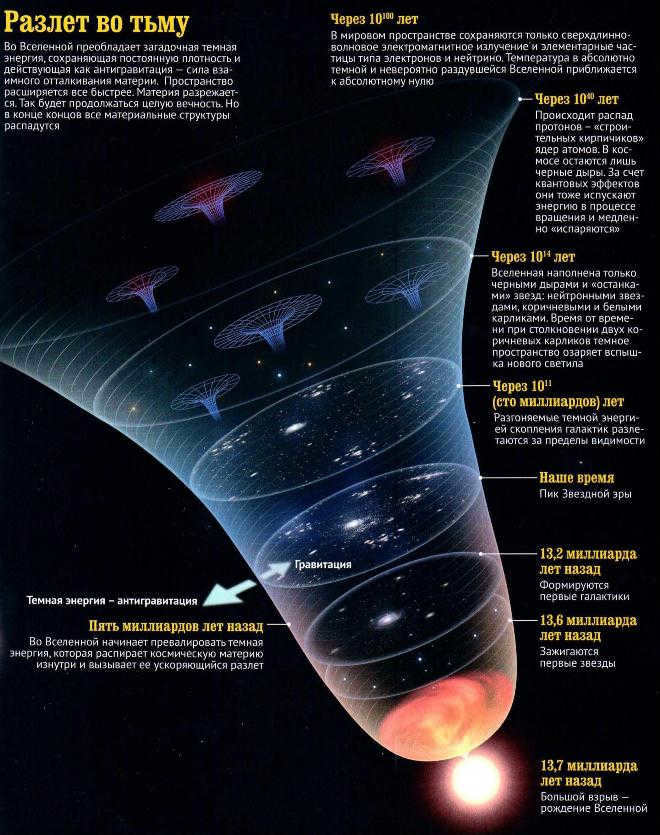
Illustration of a potential future scenario in the Universe where the proton, an elementary particle, exhibits instability.
B) The proton, typically considered a stable elementary particle, may not be so stable in this scenario.
B1) After approximately 100 vigintillion (1063) years, all solid bodies, even at absolute zero, would undergo a transformation into a “liquid” state. This transformation would be caused by the quantum tunneling effect, leading to migration within the crystal lattice.
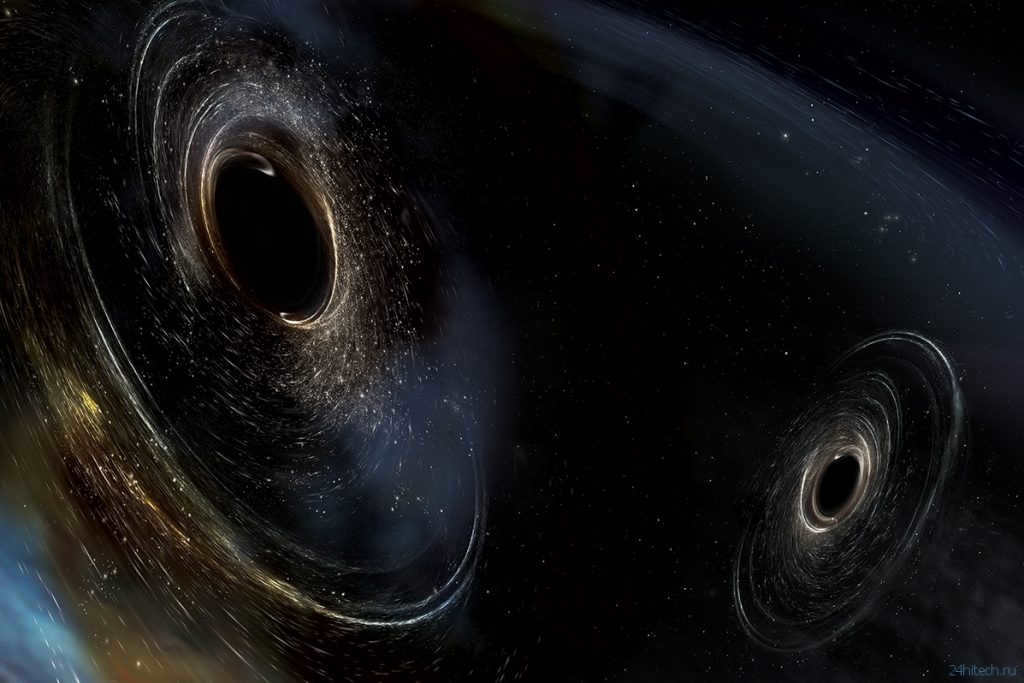
B3) The estimate suggests that over a period of 10 in 1026 to 10 in 1076 years, all matter in the universe gradually accumulates into black holes.
The Duration of Black Hole Formation

Still from the music video “Inevitability” by Complex Numbers
Lastly, we can make note of the hypothesis that in 10120 years, all matter in the Universe will eventually reach its lowest energy state, leading to the theoretical concept of the “heat death” of the Universe. It is also worth mentioning that mathematicians have a concept called Poincaré return time.

